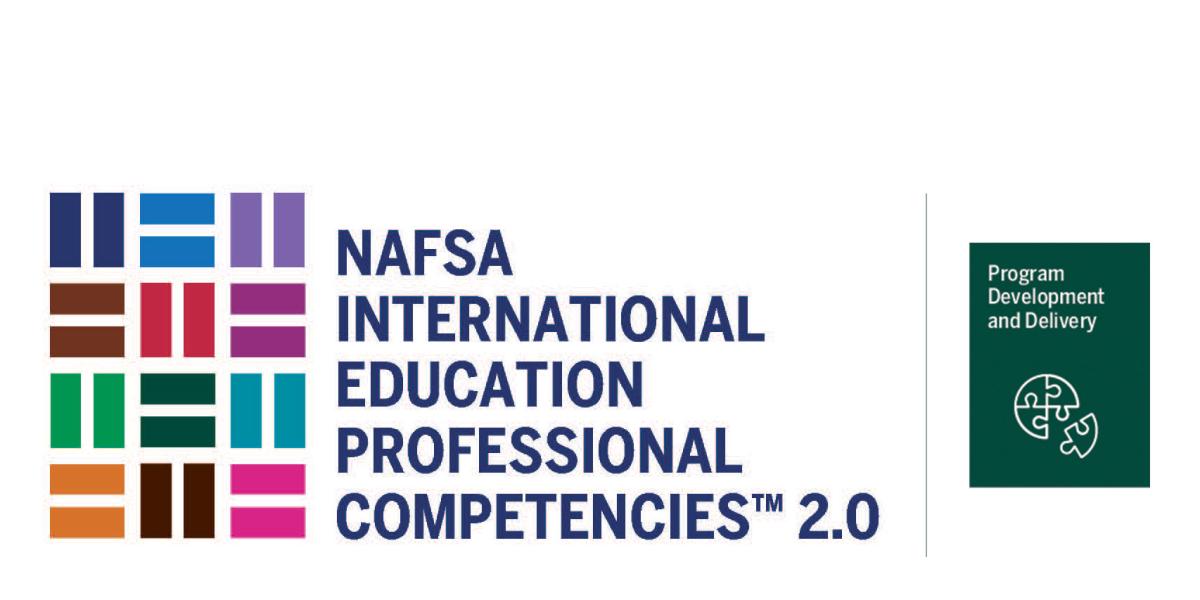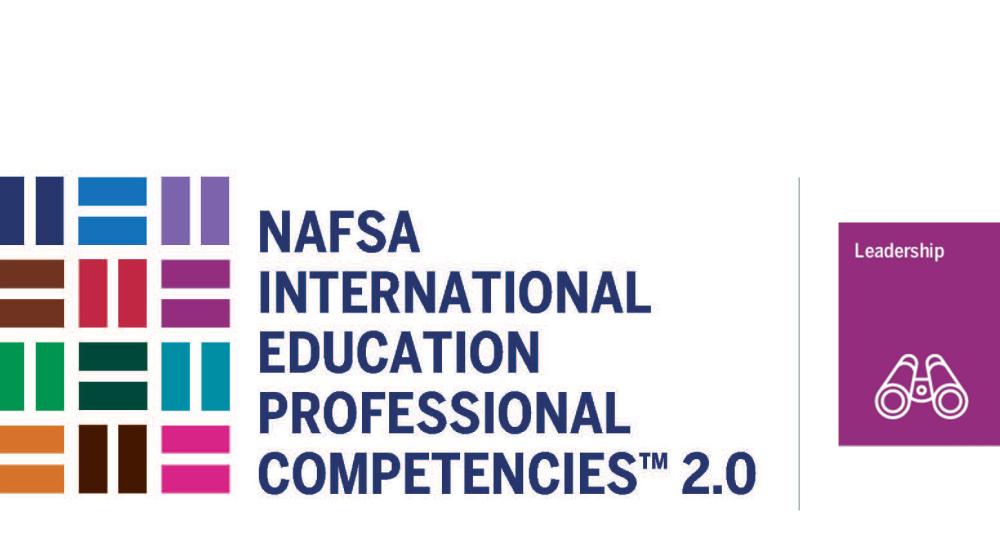Reflections on the NAFSA IE Competencies: Program Development and Delivery

Editor’s note: This article is one in a new series for 2023 that explores one of the 12 International Education Professional Competencies 2.0 in each issue of International Educator. Each written by a NAFSA member, the articles cover how that competency is critical to the future of the field and what it looks like in practice. This article covers program development delivery through an education abroad lens.
Education abroad programming has evolved greatly since the Delaware Foreign Study Plan launched the first Junior Year Abroad program nearly a century ago. Over the years, some programs have been suspended or permanently shuttered, and others have thrived. Despite political instability, natural disasters, and global health crises, the desire to offer students the opportunity to learn in a foreign setting continues to inspire international educators to innovate. There are three basic principles that we all should keep in mind when considering new program development.
There is no “one-size-fits-all” program model.
Initially designed for groups of single-sex foreign language majors, education abroad programming has evolved in countless directions from the original direct-matriculation model and now includes short-term experiential learning, international travel components embedded into on-campus courses, Collaborative Online International Learning (COIL), and, most recently, virtual exchanges. If a program is to be successful, it is essential to have a clear sense of the target audience. Now, more than ever, educators must understand students’ expectations and potential pressure points—be they time constraints, financial challenges, or social priorities. No matter how well-intentioned faculty and administrators may be in their conceptualization of new programs, if these new programs do not align with student interest, they will very likely be short lived.
Sustainability and cost effectiveness are key.
While the financial component of program development is often the first thing that administrators consider when looking at new program proposals, it is very easy for others closer to subject matter to get carried away by all of the options available. In the current postlockdown, recessionary environment, it is understandable that many institutions want assurances that minimum enrollments will be met to keep programs solvent from their launch. That said, the bottom line must not neglect to take into consideration staff support for new programming. In fact, while certain costs may be higher, opting for customized programming or going through a program provider instead of doing everything in-house may well allow for more programs to come online, thus allowing for higher overall enrollments and increased internationalization.
The goldilocks combination of student wishes and learning outcomes can be very elusive.
Given the ever-growing panoply of opportunities vying for students’ attention—and their own competing priorities—it can be challenging to find programming options that are both attractive to students and meet institutional academic goals. The postpandemic landscape seems to be concentrating new programming efforts on tried-and-tested European locations, in some cases potentially to the point of oversaturation. It is yet unclear whether currently intensified student FOMO will last, but in our efforts to entice students to go abroad, we should be careful not to undermine the educational component of education abroad simply to get participation rates up.
Just as no one could have predicted the field’s ability to respond to the seemingly existential challenges from the peak of the COVID-19 pandemic, the next 75 years will undoubtedly see even more creativity to address new challenges, be they external or internal, with the end goal of offering more diverse programming to greater numbers of students who want to include education abroad in their university careers.
Jason Sanderson is assistant director of curriculum integration and assessment in the Office of Global Education at Georgetown University. He authored the “Education Abroad Program Types” chapter in NAFSA’s Guide to Education Abroad, Fifth Edition.
NAFSA Resources
About International Educator
International Educator is NAFSA’s flagship publication and has been published continually since 1990. As a record of the association and the field of international education, IE includes articles on a variety of topics, trends, and issues facing NAFSA members and their work.
From in-depth features to interviews with thought leaders and columns tailored to NAFSA’s knowledge communities, IE provides must-read context and analysis to those working around the globe to advance international education and exchange.
About NAFSA
NAFSA: Association of International Educators is the world's largest nonprofit association dedicated to international education and exchange. NAFSA serves the needs of more than 10,000 members and international educators worldwide at more than 3,500 institutions, in over 150 countries.
NAFSA membership provides you with unmatched access to best-in-class programs, critical updates, and resources to professionalize your practice. Members gain unrivaled opportunities to partner with experienced international education leaders.














